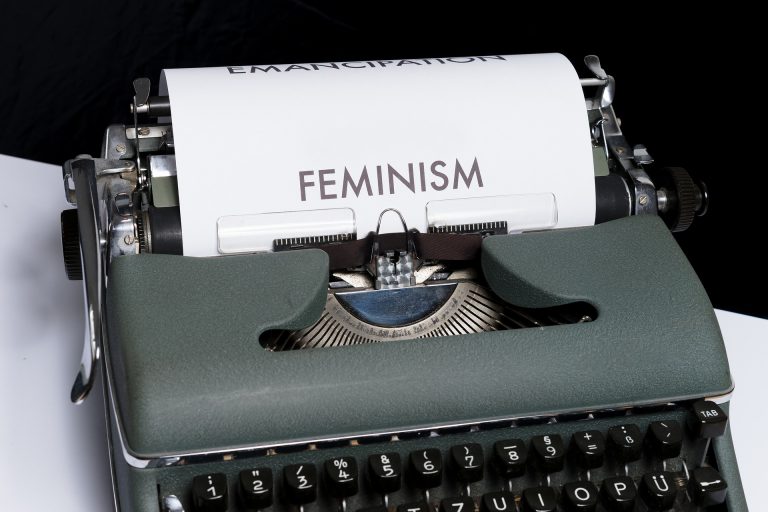Kushti Akhada: A dying culture in India

Abhinav is a 2nd year MBA student of Rural Management in XIMB Bhubaneswar. Interested in the development sector he writes about ground level issues pertaining to rural landscape and politics of the country

[responsivevoice_button voice=”US Male” buttontext=”Read out this Theel for me”]
Mall Yuddh has been mentioned in the Ramayana epic, where there is an account of combat wrestling between Bali and Ravana. This depicts that the Indian wrestling sport Kushti has existed in the continent since ancient times. In recent history, the most well-known Akhada wrestler was Ghulam Muhammad Baksh Butt, who remained undefeated throughout his lifetime. The Gama Pehelwan or The Great Gama epitomized this ancient art of Mall Yuddh in pre-independence rural India.
Notable Akhadas and wrestlers
Kushti is a form of combat wrestling originated in India wherein the wrestlers practice the sport on mud and by becoming a disciple of the Akhada under a Guru who runs it. Traditionally, Akhadas are places where the Pehelwans live and train along with their Guru and learn the art of wrestling. In the Hindi belt region, Uttar Pradesh, Punjab, and Haryana, the Akhada culture is quite famous. It was also manifested when the movie Dangal got released. Post the release of a few movies like Dangal and Sultan, starring Salman Khan, the Akhadas and the ancient art of Kushti are now being all the more recognized in the country. But still, there has been a complete absence of support from the state to these sportspersons that is essential for uplifting and motivating them to pursue the sport for representing the country successfully in international forums.
In Pune, Maharashtra, Chinchechi Talim is the oldest Akhada, which was established in 1783 during the Peshwa regime. To date, the Akhada takes young kids and trains them for a budding career in wrestling. Varanasi, the holiest of the holy cities in India, has been preserving the Akhada culture since ancient times. Trilochan Mahadeva Akhada and Tulsi Akhada on the Tulsi Ghat are some of the oldest and most known and respected Akhadas in the country and not just within the city of Varanasi. The old Gurus having years of experience, take boys as young as six years old under their tutelage, and train them. Yogeshwar Dutt and Sushil Kumar being a few of the wrestlers who started from mud wrestling and went on to become Olympic champions. Ritu Phogat, another acclaimed wrestler, has ventured into the world of Mixed Martial Arts and is dominating One Championship, where she signed a contract with the brand.
Life of discipline
The wrestlers consider their Akhada as a temple and their Guruji as God. Lord Hanuman, the deity of strength, is worshipped by the wrestlers, and they all practice abstinence or Brahmacharya like their deity Hanuman. Wrestling is worship to them. The wrestlers, before practicing, perform Puja of the practice area and dig the wrestling pit soil. Then, they seek blessings from their Guruji and only then do they start their Kushti practice. The daily life of a Pehelwan is, needless to say, intense. Hariom Nuhwar, a National wrestling champion, describes his daily routine that would only be possible for extraordinary human beings to practice. After waking up at 4 in the morning and consuming a big glass of apple juice and some almonds, he jogs for about 4 miles. Then he comes to the Akhada and digs the soil. After that, his conditioning drill starts that include rope climbing, 500 Hindu pushups, mace workout, and sparring with a partner for learning the technical part of wrestling. The training gets over, and he goes to work for his daily job. In the evening, the second round of practice sessions is done.
Non-vegetarian food is strictly a “No” for everyone. The wrestlers live together and cook their food. Their diet consists of almonds and other dry fruits, fresh fruits, milk, protein-rich foods, and no oil, quite heavy when compared to a common man’s diet. The wrestlers eat a complete Sattvic diet. They believe that non-vegetarian food is only for animals, and by consuming them, the inherent nature of humans becomes equal to those of animals. To have strong morals and virtues that are the pillars of Kushti training, a vegetarian diet, and a simple life is to be followed strictly. The Akhada culture is predominantly present in the rural pockets of the country. However, cities like Varanasi with their ages-old Akhada, have been preserving their culture and promoting the old school style wrestling even to the present generation.
The cause for the decline
The Gurus and the wrestlers mainly cite two reasons for the decline of this culture in India. First being the lack of funding to support the wrestlers. A typical Pehelwan’s diet cost is around INR 12,000 to 15,000 a month. The men are generally from poor rural households who join the Akhadas in the hope of some championship glory and government jobs as a reward. Given the dismal state of government job vacancies and minimal support to the wrestlers, most of the Pehelwan’s leave wrestling by their mid 20’s in search of other jobs and for earning a decent livelihood. In Haryana, a wrestler fighting for a match receiving 101 rupees to 501 rupees says that this much amount is nothing compared to the cost they bear every day. Donations from the elite class, for instance, from the village Sarpanch, accounts for a major part of the funding to Akhada. Another reason for its decline that the Gurus and the Pehelwans feel is the popularity of other more glamorous sports like boxing, Muay Thai, MMA (Mixed Martial Arts) has led to a fall in public interest in traditional wrestling art. People have more disposable income; they want to be associated with a sport of fame and are capable of bearing the expenses related to it. For a lower-middle-class countryside boy, Akhada training will cost nothing. In comparison, boxing training costs will include the necessary equipment cost.
Need for preservation
Kushti is not just a sport in India, rather a part of an ancient culture. Even in Mahabharata, Krishna, Balrama, and Jarasandha have been associated with Kushti, and different techniques have been mentioned, which are still learned and practiced today. Indian wrestlers who have brought laurels for our country credit all their success to their Akhada training that they did during their initial days. This culture takes us back to our roots and makes us imbibe the essential philosophies of life. A Pehelwan is seen as one of the most humble athletes, living a simple life away from all materialistic pleasure. They are taught to respect the women and protect the weak as their core principles of the Akhada. This cultural heritage that has been in the country since centuries needs to be preserved, supported, and promoted as a part of our rich heritage.
Featured Image Credits: Youngisthan







